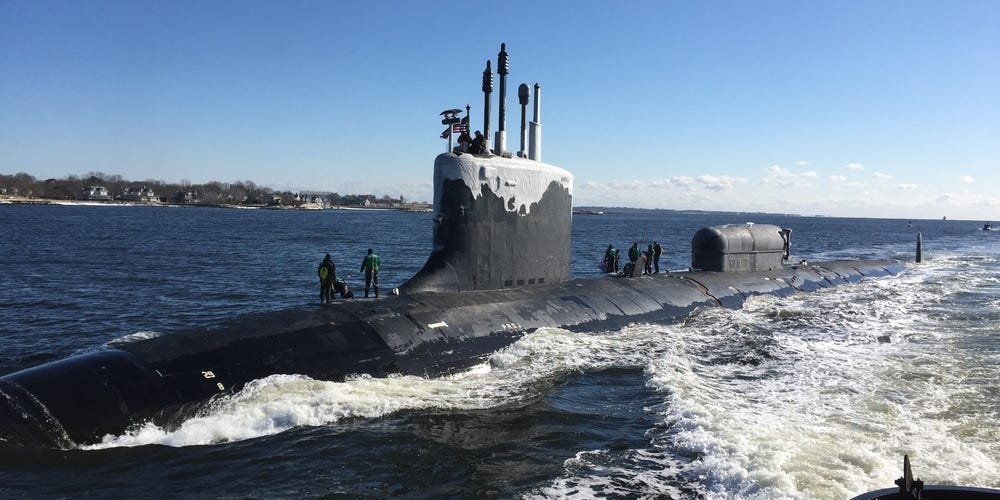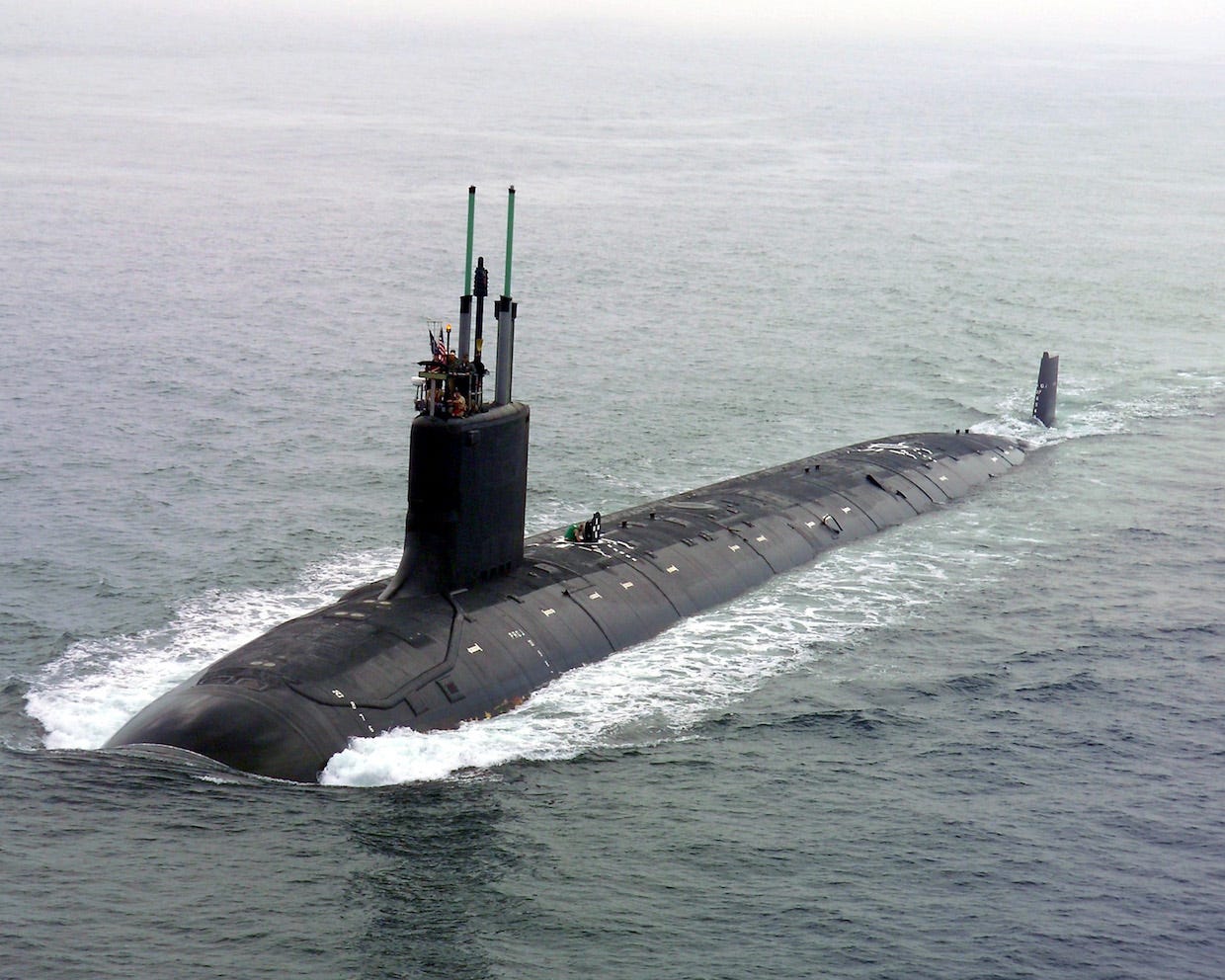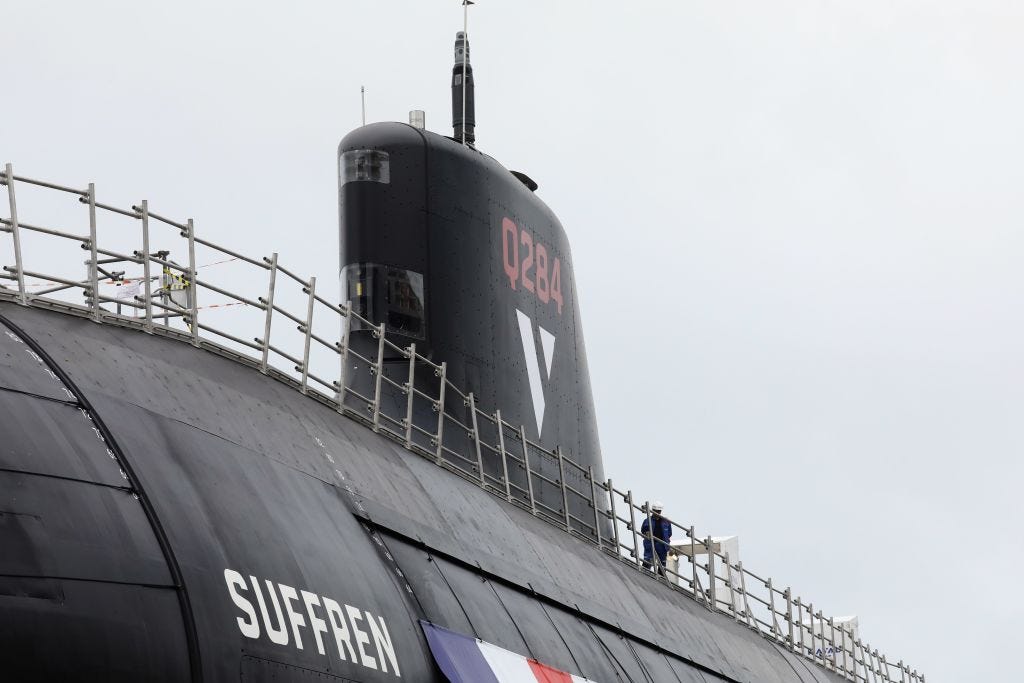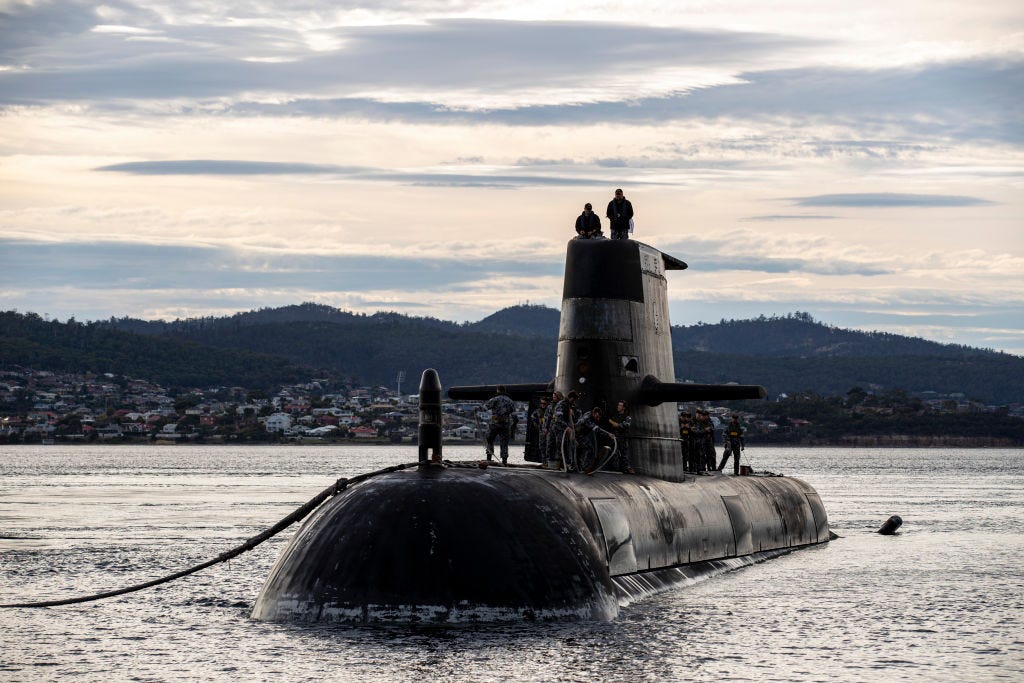
US Navy photo by Cmdr. Jason M. Geddes
- Australia's new submarine partnership with the US and UK has upended a deal with France.
- Australia will now pursue nuclear-powered submarines over conventional diesel-electric subs.
- Here's how American, British, and French submarine technology compares.
- See more stories on Insider's business page.
Australia's abrupt decision to scrap a deal with France for conventional submarines to pursue nuclear-powered subs with the US and UK has stirred up geopolitical tensions by infuriating France.
Australia wants to replace its Collins-class attack submarines. The plan was initially to purchase a dozen diesel-electric Shortfin Barracuda submarines from France, but Australia has since abandoned that plan and partnered with the US and UK to acquire nuclear submarine technology.
At this time, it is unclear whether Australia will pursue British or American submarine technology or some mixture of the two, but here is how American, British, and French submarine technology compares.

US Navy
Virginia-class attack submarines
The US Navy's Virginia-class submarines are nuclear-powered fast-attack vessels armed with Tomahawk cruise missiles, Mk-48 torpedoes, and UGM-84 Harpoon anti-ship missiles that were built for open ocean and littoral missions.
The newer Block V models will be over 450 feet long and have a displacement of more than 10,000 tons. This newer model will not only be larger than its predecessors, it will also have a significantly increased weapons capacity of about 65 torpedo-sized weapons. These submarines also have support capabilities for special operations forces.
The Virginia-class submarines have unlimited range, and the reactor core, which uses highly-enriched uranium, does not require refueling for the life of the ship, which is more than three decades.
These boats are among the quietest and are equipped with high-end sensors, giving the US Navy a degree of acoustic superiority in the undersea battlespace.

Andrew Milligan/PA Images via Getty Images
Astute-class attack submarines
The British Royal Navy's Astute-class submarines are nuclear-powered attack submarines that can carry up to 38 torpedo-sized weapons, including Tomahawk cruise missiles and Spearfish heavyweight torpedoes.
These vessels measure 318 feet, according to builder BAE Systems, and has a submerged displacement of well over 7,000 tons.
The UK's Astute-class submarines are slightly faster than the Virginia-class submarines, and they have unlimited range. And like the American submarines, the reactors on the British vessels were designed not to need to be refueled for the life of the ship, around 25 years.
Additionally, these submarines have support systems for British special forces.
In many ways, the British Astute-class subs are comparable to the American Virginia-class submarines.

LUDOVIC MARIN/AFP via Getty Images
Suffren-class attack submarines and the Shortfin Barracuda
The French Navy's Barracuda- or Suffren-class submarines are nuclear-powered attack submarines designed by French shipbuilder Naval Group and equipped with four torpedo tubes and 20 weapons racks able to carry heavy torpedoes, anti-ship missiles, cruise missiles, and naval mines.
These submarines, which are traditional open ocean submarines, are 326 feet long and have a displacement of about 5,200 tons.
As nuclear submarines, the Suffren-class submarines have unlimited range, but the reactors have to be refueled about every ten years.
"In terms of performance, the Virginia class has the best overall performance," Bryan Clark, a former US Navy submarine officer and current defense expert, told Insider. "The Astute would probably be right behind it, and then the Barracuda would probably be third of those three."
The agreement between France and Australia, however, was not for the nuclear-powered Suffren-class subs but a conventional diesel-electric variant.
This variant would have a max submerged speed about half that of a nuclear-powered submarine, have less battlefield flexibility, have decreased range, and need to surface more frequently. These submarines are more likely to be detected and monitored by a potential foe, especially one with a fleet as large as China. Submarines of this type are suitable for coastal defense but less than ideal for operations farther out.

LSIS Leo Baumgartner/Australian Defence Force via Getty Images
Nuclear-powered submarines make sense
Clark told Insider that it is reasonable for the Australian navy to go with some type of nuclear-powered sub over conventional submarines as it looks to replace its Collins-class boats.
"A diesel submarine doesn't really make sense because on its way to whatever it would be trying to do, it is going to be detected and monitored, especially with the degree of commercial and military sensing that is out there," he said. "It'll be tracked, and then when it arrives at wherever it's supposed to operate, your opponent will probably be waiting there for you."
Thomas Shugart, a former US Navy submarine warfare officer and current adjunct senior fellow in the defense program at the Center for New American Security, also said it's a good idea, explaining that nuclear-powered subs would better meet Australia's security demands in the contested Indo-Pacific region.
"I think it makes sense given the deteriorating military balance in the region," he said. "And there's no doubt for anybody who was paying any attention at all that the Australians were unhappy with where the Shortfin Barracuda program was going."
That said, Clark and Shugart pointed out that there are potential downsides, such as program costs, though these were already high, and further delivery delays on bringing improved submarine capability to the Australian navy.
